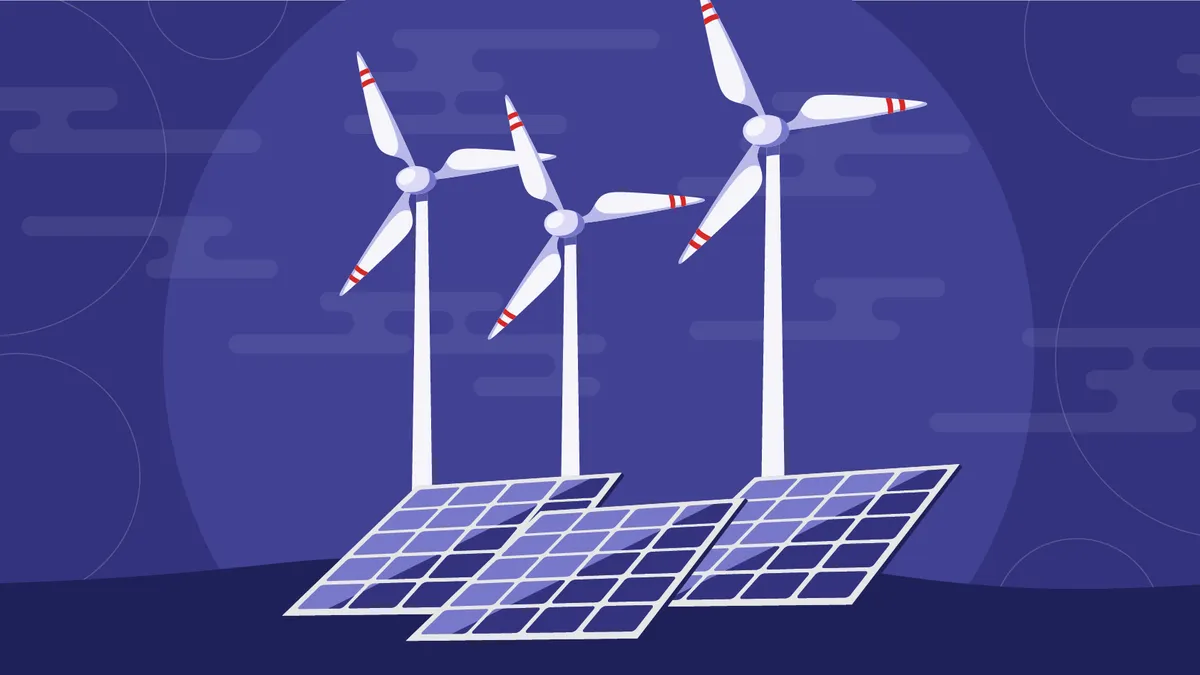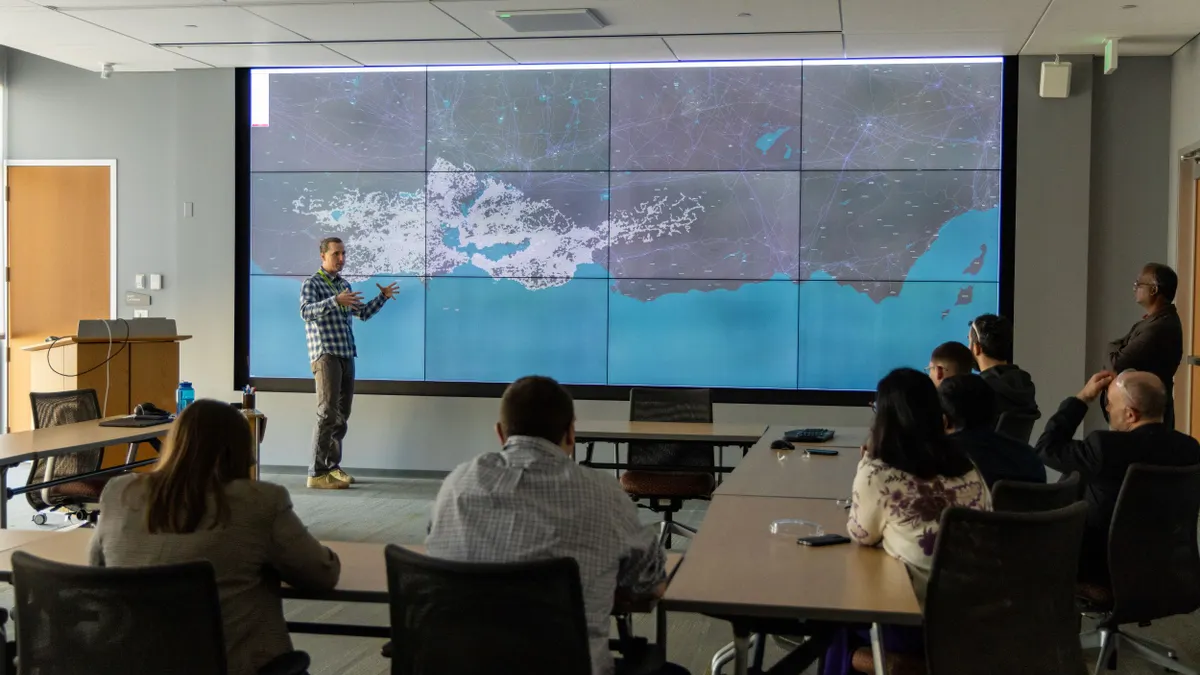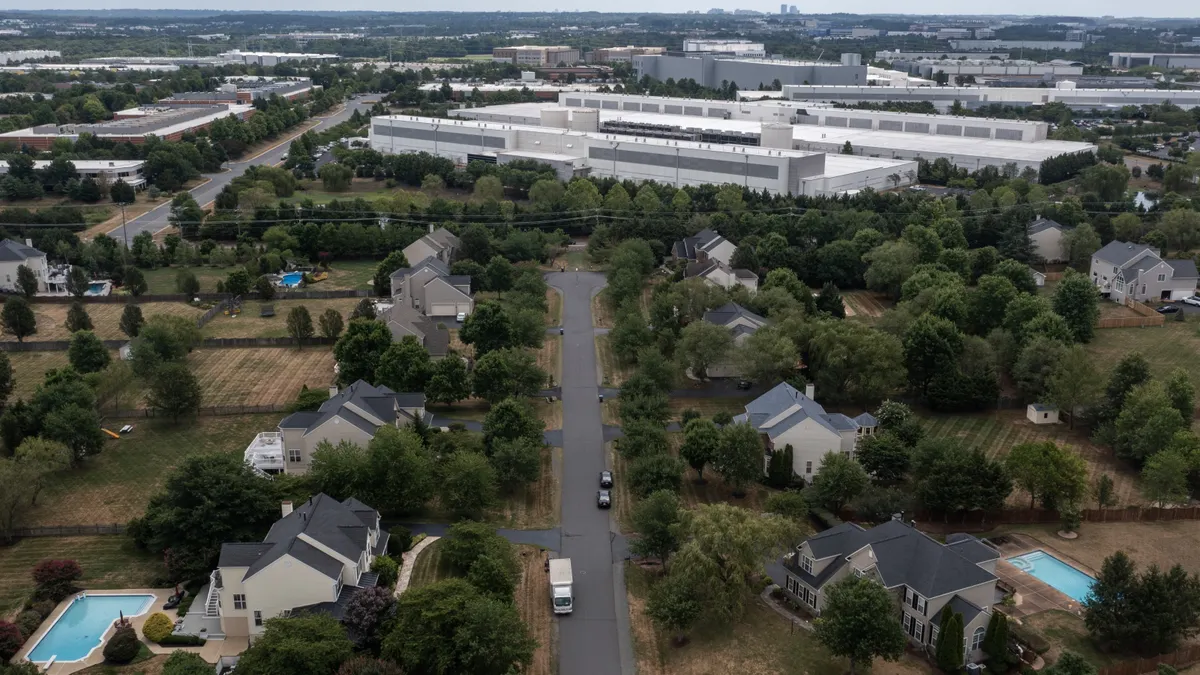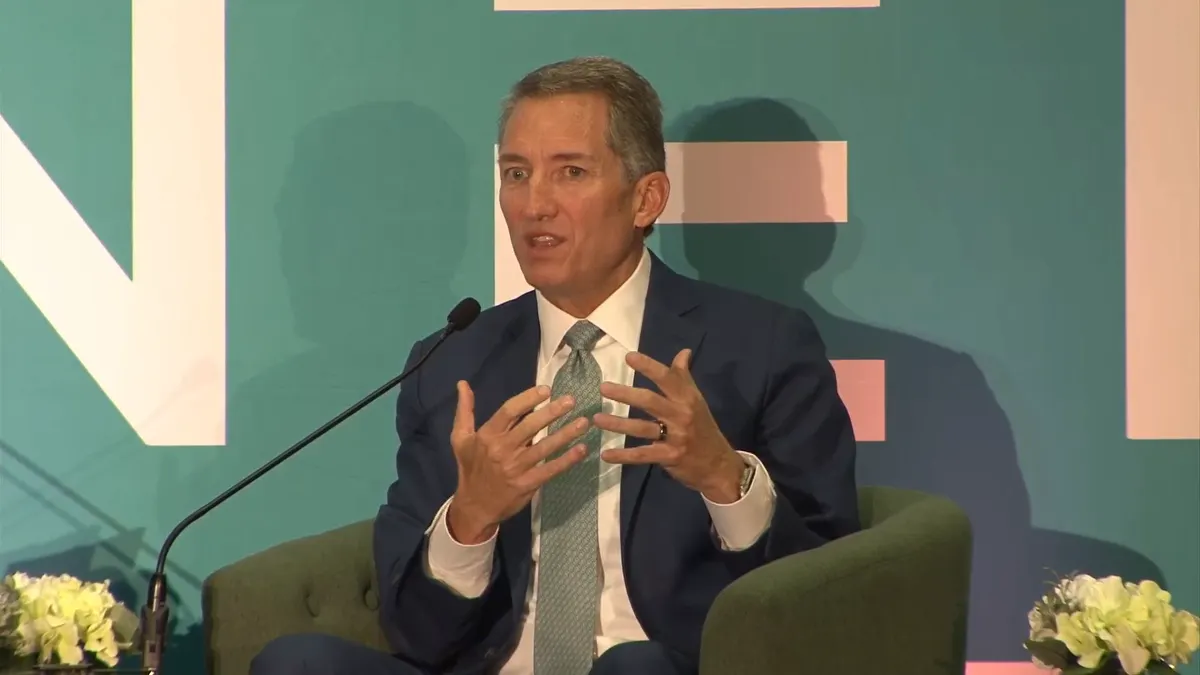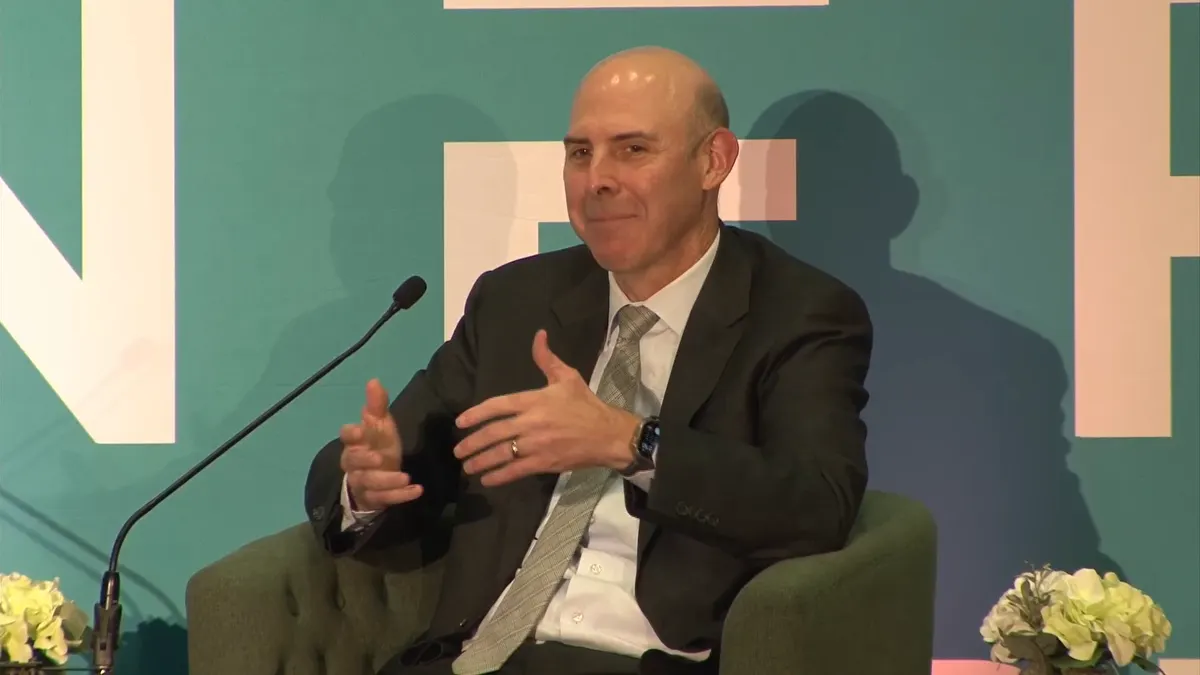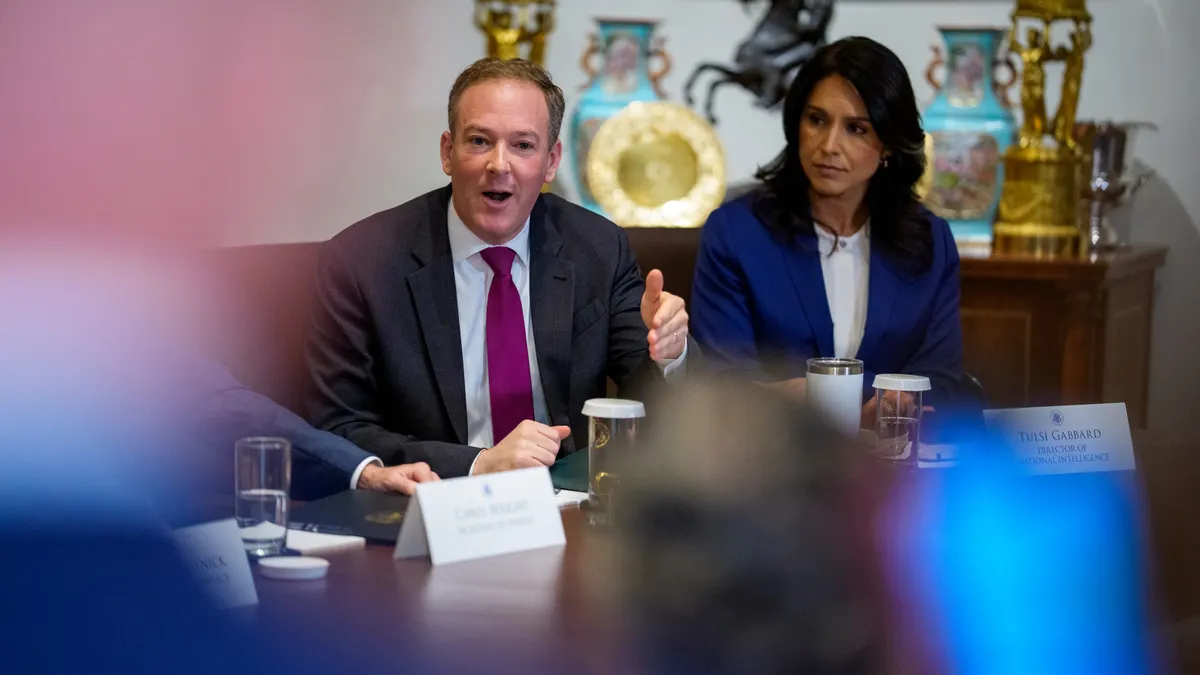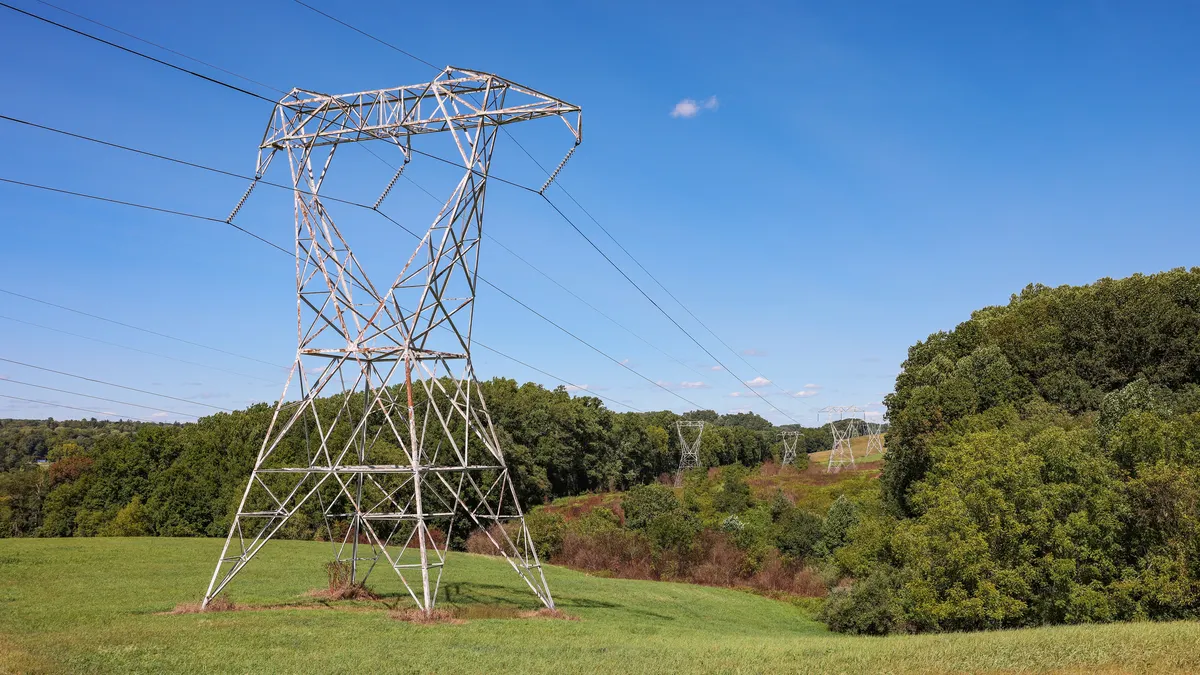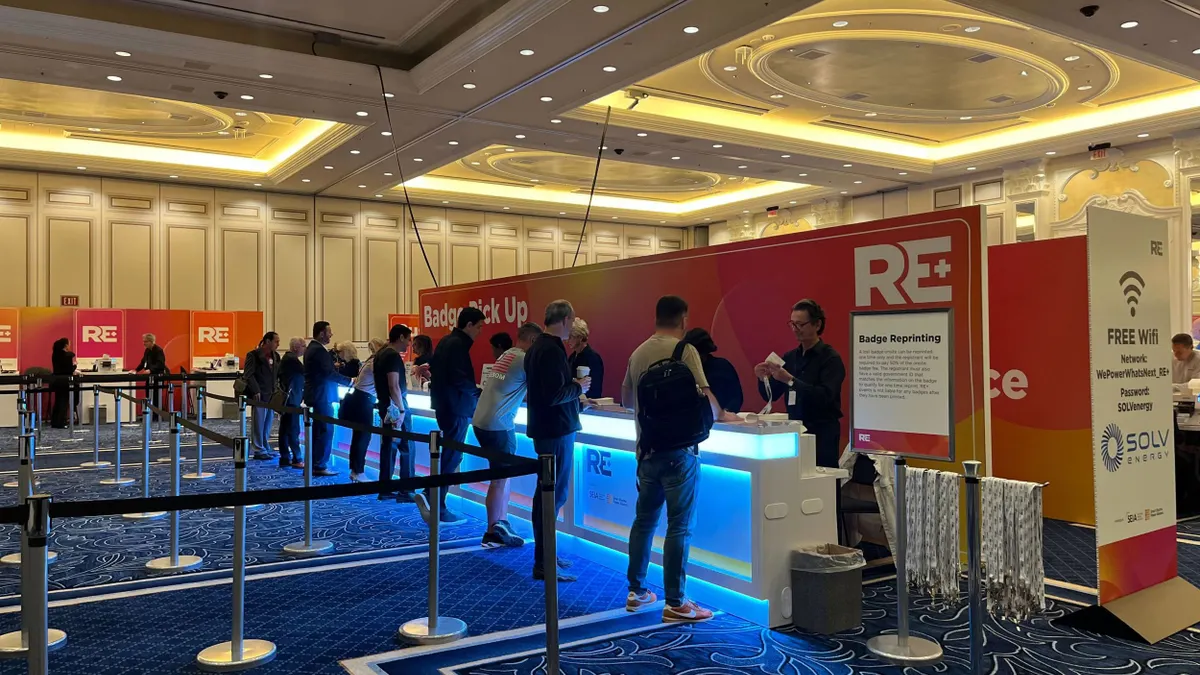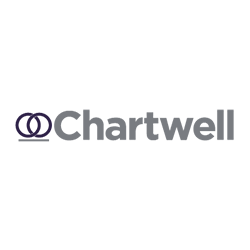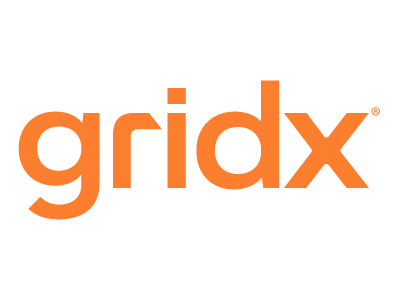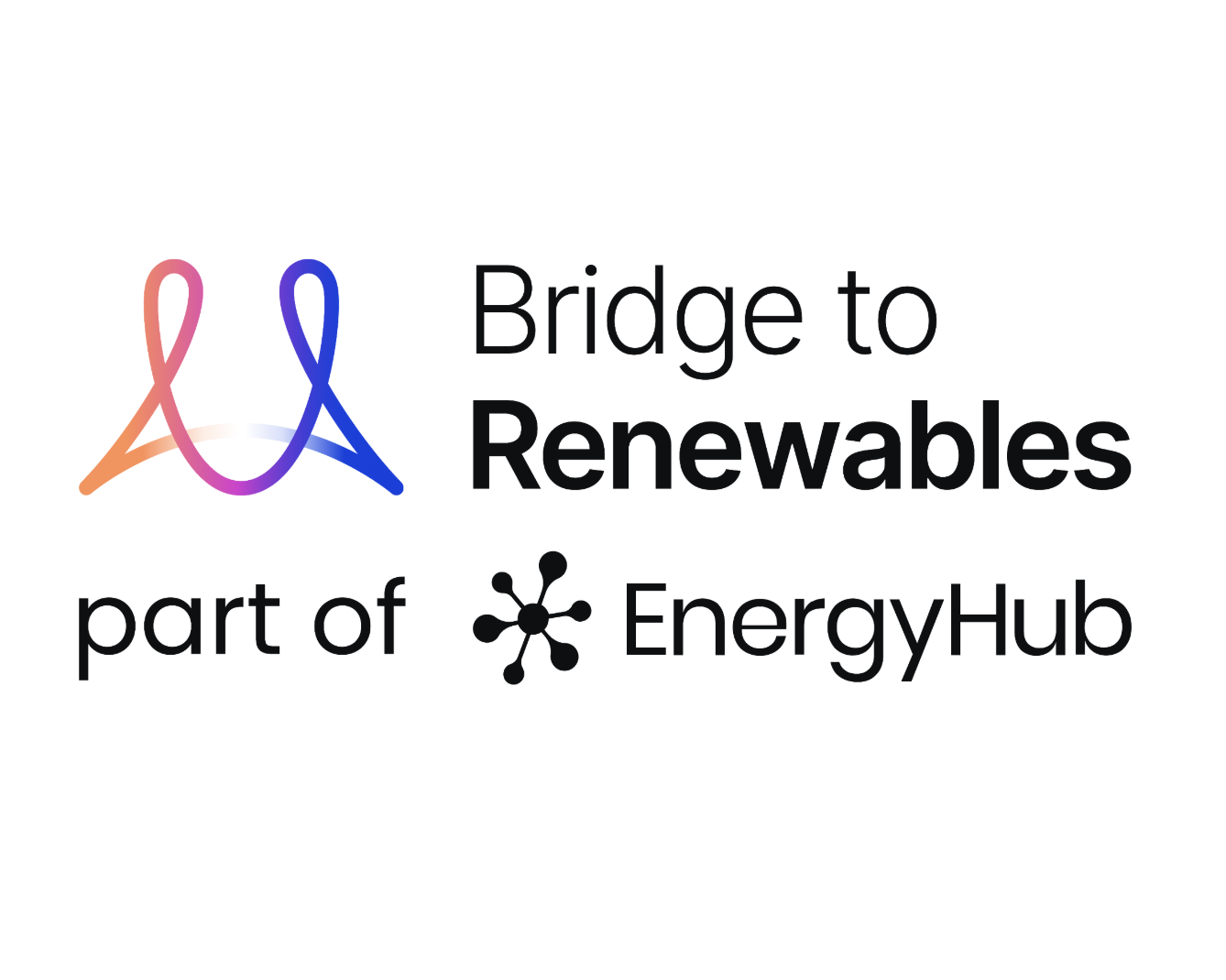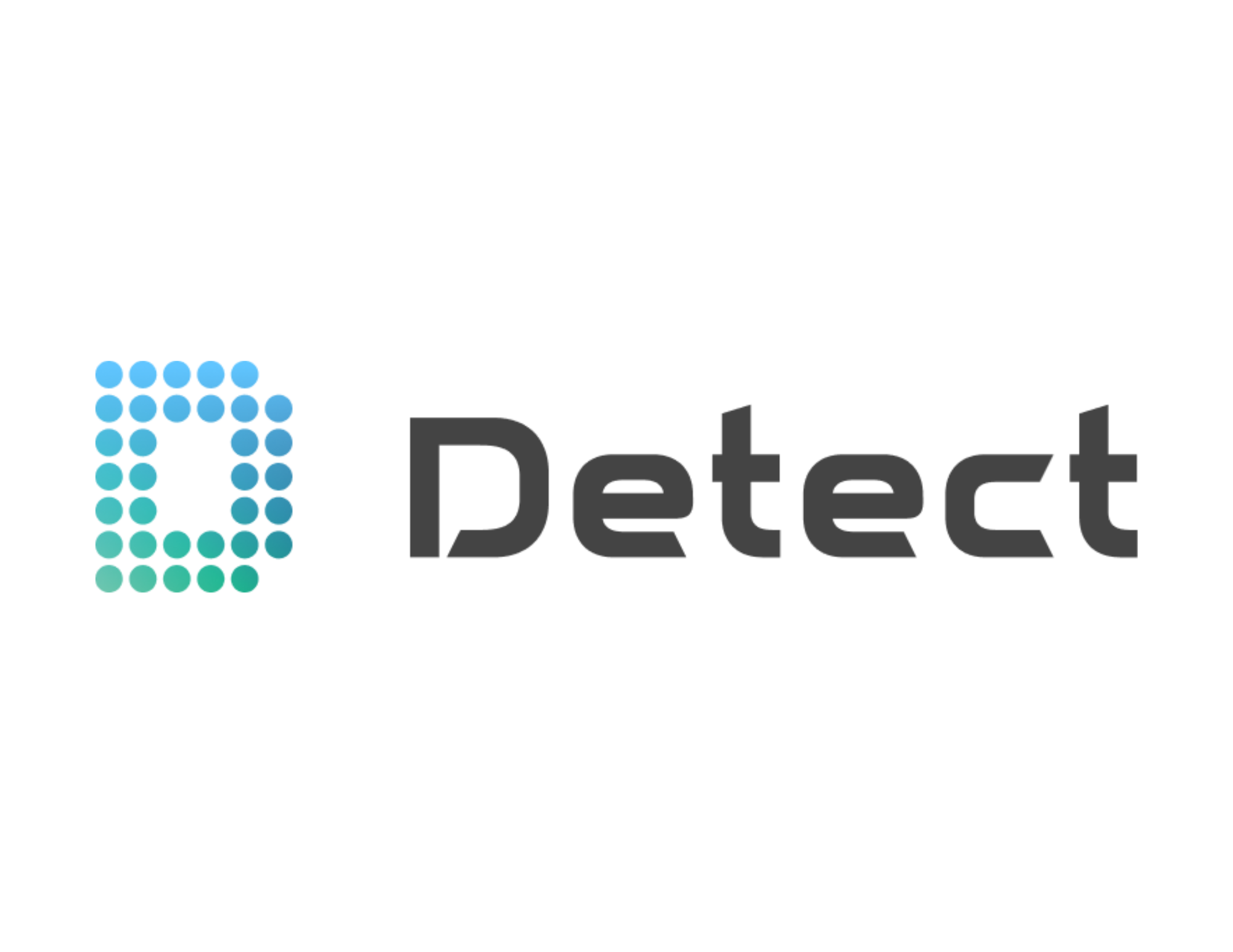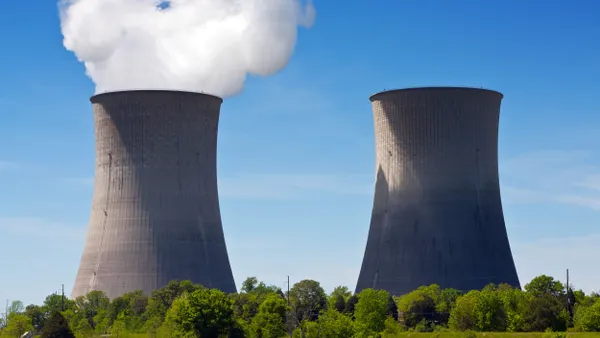Renewable energy has been around for decades and solar and wind projects are getting developed across the country and the world at all-time low prices. But engineers and manufacturers continue to push for incremental changes through their designs to drive bigger efficiencies. The improvements may not seem radically different, as with technologies that have been around for a while, but they remain critical to the energy sector's transition.
When top renewable energy analysts and engineers are asked what they anticipate will change with wind and solar power in the near term, they talk about the data opportunities that smart sensors can unlock and the tweaks that can be made to system integration.
These include ongoing strides in the efficiency of wind and solar facilities, which are being made on a more incremental level now. But every small improvement is important when analysts from the National Renewable Energy Laboratory (NREL) consider the future of wind and solar.
Tweaks to grid stability
A variety of technological advancements are helping better integrate wind and solar, as the sector seeks to make intermittent renewable energy resources integral to a smarter grid.
For instance, the wind and solar industry both contend with clipping losses, the capacity that is lost in the transition between direct current power from a panel or a turbine to alternating current power on the grid.
To help limit that loss of energy and unlock visibility and control, digital inverter technology is key, according to Patty Cook, senior vice president of utility planning at consulting group ICF. Inverters are becoming smarter, and not just helping utility-scale wind and solar, but also unlocking capabilities for distributed energy.
"Most inverters, even five years ago, were sort of dumb inverters that would not have a lot of contact with the Internet," said Justin Baca, vice president for markets and research for the Solar Energy Industries Association. Increasingly, smarter inverters are being used, including for distributed solar in residential areas, broadcasting data for load monitoring.
In the next five years, smart inverters "will be expected to accept commands from a grid operator," as opposed to only communicating conditions and output for wind and solar facilities, he said.
In addition, digital circuit breakers "will allow loads to be automatically isolated in the home to extend the operation of the BTM battery and to keep critical loads running — bringing the home one step closer to a nanogrid," Cook said.
For solar, ongoing research seeks to address not only these power loss concerns but the efficiency of the system panels.
Federally funded research helped advance other types of solar cells to increase conversion efficiency, such as perovskite solar cells.
Those offer "an interesting lab experiment," but aren’t available in the market at the moment and the technology is far from having the required International Electrotechnical Commission testing and certification, according to Michael Woodhouse, NREL economics and policy analyst for energy technologies.
In addition, renewable energy developers are increasingly co-locating energy storage and other resources with their solar or wind projects. Building other assets increases the complexity of a project in terms of how the separate pieces must work together.
For solar, storage-compatible projects have seen all-time-low costs in the past two years, sparking new partnerships with utilities as they replace fossil-fuel based infrastructure in a grid resilient manner.
That integration impacts customization and planning for both solar arrays and wind turbines, said Paul Veers, NREL research fellow and chief engineer at the National Wind Technology Center.
The site formerly known as the National Wind Technology Center, now NREL’s Flatirons Campus in Colorado, will look at hybrid energy systems and other energy applications, like fast-charging vehicles. This will include wind-plus-solar and renewable energy-plus-storage.
NREL, working with the Department of Energy on a new project, the Advanced Research on Integrated Energy Systems (ARIES), to study the way energy systems can interact with one another, and to bring such applications to scale. The government published a request for information in June to solicit public input for ARIES, and announced the launch of the five-year program in August.
The best U.S. wind resources remain undeveloped, according to NREL. Potential in states like Wyoming remains largely untapped, as power cannot be easily transmitted into markets with higher energy demand.
But progress is being made as "the technology has shifted to be able to reduce power cost effectively in a less-than-ideal wind resource, and that’s because of these changes in size and scale of the machines," Veers said.
Customizing bigger turbines in smarter ways
When it comes to wind turbines, themselves, system changes have been made incrementally for decades.
"There has been a lot going on over the last decade that is pretty much invisible if you just see the machine from a distance," said Veers.
In the last 30 years, he said, wind turbine designers and engineers have removed 90% of the weight of wind turbine blades, making them much more slender while increasing overall performance.
But while wind turbines are sleeker and more efficient than ever, a paradox remains: to unlock higher energy capacities, turbines must get larger and larger without being more difficult to transport.
Transportation constraints limit turbine size, analysts say, as installation sites can be difficult to reach, especially at higher altitudes such as mountain ranges. Inflexible wind turbine blades are difficult to move up a hilly terrain with winding roads. But a more flexible blade, which would be easier to transport, would be inherently weaker, according to Veers.
Wind turbines, typically constructed from fiberglass, are designed to be built in one piece, to eliminate any weak points wherever multiple components would come together. NREL is working to find solutions to these sizing and transportation issues, such as designing a flexible enough blade that would not compromise turbine operation.
The value of getting bigger turbines is two-fold: an opportunity for higher project generating capacity with fewer turbine installations, thus reducing the labor demand, and accessing stronger winds at higher elevations for each turbine that is installed, increasing total energy output.
According to Veers, accessing twice as much wind speed leads to eight times as much power generation.
GE achieves this customization through its Cypress platform, an onshore wind turbine with segmented blades: one 70-meter component and different-sized tips. The customization is possible for offshore models, which are also large structures, said Matteo Bellucci, advanced manufacturing leader at GE Renewable Energy.
"It’s really the first time I’ve seen customization of that nature," Veers said, referring to GE's interlocking segments. Manufacturers have "always customized" wind turbine design based on the plant location, but designing different blade lengths based on each turbine's placement within the plant is "the first step into a whole new way of looking at building and siting" wind, he added.
"We have a multi-stage approach to bring this in production, both, again, on the manufacturing side and [on the] design side," Bellucci said, building "more customization" offers for developers.
"The idea of this customization and the integration of hybrid systems [with energy storage] is the thing that’s huge in the next five years," Veers said.
Both wind and solar plants are also getting a lot smarter through the use of sensors, enabling operators to make decisions based on a larger amount of data.
Sensor technology is improving for both wind and solar plants to enable operators to control machines using data coming not just from a particular panel or a turbine, but from the sensors of surrounding panels or turbines.
A "consensus control solution" leads operators to not rely on the sensors of one machine, offering more robust decision-making for maintenance and operation, Veers said. For example, for no additional capital cost, a plant's power output could be increased about 5% by relying on neighboring sensors to finetune where a machine is pointed and other collective data-driven decisions, he said.
NREL is helping the wind and solar industries implement consensus control solutions, working with plants and operators. In addition to their research, third-party consultants are developing their own sophisticated software to identify maintenance needs on a renewable energy system and other decisions based on sensor technology.
Bifacial solar modules
Solar developers are becoming increasingly familiar with a technology that would increase the output from solar power facilities as much as 15%, according to SEIA’s Baca. Bifacial modules with transparent coverings increase energy yield on the same plot of land, allowing for the capture of energy on two sides.
That increase becomes very significant on the utility scale, as bifacial modules become increasingly used to boost a solar plant’s system capacity factor, said NREL’s Woodhouse.
"We are also anticipating many incremental changes to more fully take advantage of bifacial production boost," Stephanie Perry, senior vice president of engineering and transactions at 8minute Solar Energy, wrote Utility Dive.
8minute deployed bifacial panels at scale within a larger monofacial module project, and has been collecting performance data for more than a year, studying the production gains and proprietary modeling of the two-sided panel technology.
Access to bifacial solar technology is threatened by an ongoing proceeding with the U.S. Trade Representative to extend the trade tariff on monofacial solar panels to bifacial imports. SEIA has led a nationwide campaign to repeal the tariff and to extend solar tax credits to allow the sector to grow.
The exemption from the Section 201 tariffs has been a key driver to the use of bifacial technologies in utility projects, making system costs about 1% lower than a monofacial system for the next five years, according to a June report from Wood Mackenzie on cost forecasts for efficient monofacial and bifacial solar modules.
Other less-mainstream applications of solar technology include floating solar systems on lakes and building-integrated photovoltaics, such as PV windows and roofs. They are "fairly niche products," according to Baca, but industry growth "will provide more opportunities for products like that to scale."
Discussions for alternative applications of solar include the use of bifacial modules as a fence-like material, replacing residential vinyl or wood fencing, Baca said. "It’s not difficult to picture, ... and it can actually look pretty fancy."
Waste and recycling
As wind turbines and solar panels age, the industry continues to seek solutions to efficiently replace and dispose of older models in an effort to make renewable energy even more attractive from an environmental proposition.
Alternative materials for the conventional solar photovoltaic cell are being researched, but the current silicon based cells have taken over the market. Crystaline silicon has toxic byproducts and other toxic chemicals can be released in the disposal, according to a 2018 study by David Nguyen, a cancer biologist.
While the wind industry does not face the same scrutiny for the impacts of disposing wind turbines, researchers aim for an end-to-end recycling of the parts, although burying the massive turbine blades is an affordable solution currently.
NREL is conducting research on a type of resin that could be recovered from the blade rather than buried, exploring the possibility of a circular economy with a fully or mostly recyclable wind turbine.
"Right now it’s very cheap to just put [turbine blades] in a landfill, but I think we don’t want to see that as the end product," Veers said.



